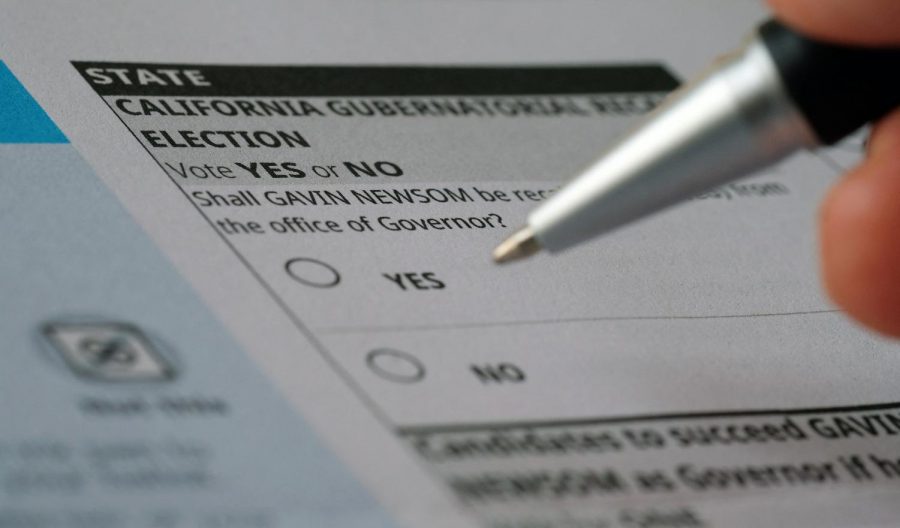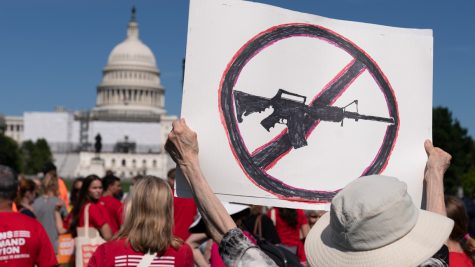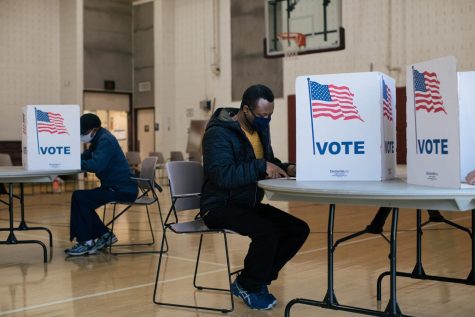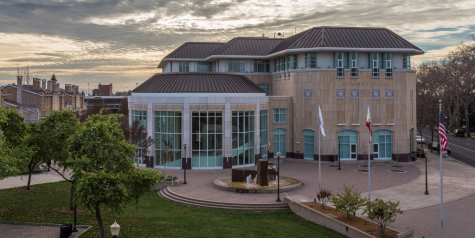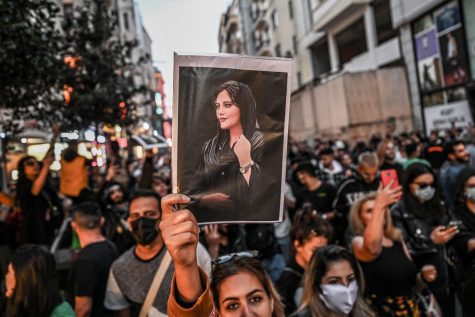Newsom v Elder: An Offseason Gubernatorial Election
September 1, 2021
An Analysis of the Leading Contenders for the Governorship of California
California has only faced two recalls in its history, the first in 2003 when Governor Gray Davis was recalled for his handling of a power crisis and the second will occur on Sept. 14, when Newsom faces his recall election.
The recall for Newsom arose from “[implementing] laws which are detrimental to the citizens of [Calif.] and our way of life,” according to the petition. The petition cited grievances surrounding homelessness, tax levels as well as the Gov. favoring foreign nationals over California’s own people, among others.
Elections are costly, particularly elections in off-cycles and at odd dates. This one, two months earlier than most elections and in a year when no other major election is happening, will cost the people of California a total of $276 million.
This is one of Newsom’s key objections and arguments against the recall.
While most people understand how a normal election works, you choose the candidate that you like the most or hate the least, and the candidate with the most votes – usually a majority, 51%, or higher – wins. The recall works slightly differently. On the recall, you are asked two questions.
First, should Gov. Newsom be removed, yes or no?
If a majority of voters vote no, then Newsom remains governor, if a majority of voters vote yes, then the next question comes into play. This question is where you choose one of 46 candidates – only a third of the number that ran in the last recall where 135 individuals ran to replace Gov. Davis – to replace Gov. Newsom.
Newsom and allies are urging his supporters to only vote against the recall and not endorse any of the 46 candidates, in part to delegitimize whoever would win the recall in the first place. The winner of the recall, if Newsom is removed, needs to receive just over two percent of the total vote if all candidates receive equal support. With 22 million registered voters in the state as of Oct. 2020, this means that a population roughly the size of Oakland, around 484,000, is all that is needed to become governor.
The candidate’s politics: stark differences
Considering that Newsom is a Democrat, it is important to understand who the leading Republican in the race is. Larry Elder, a talk show host from South Central Los Angeles, has vocally opposed any minimum wage, gun restrictions of any kind, and has referred to lawmakers who have supported government programs such as Medicare and public spending on education as having “blood on their hands.”
Elder advocated against climate change policy, believing that it is not of the utmost priority. He supported same-sex marriage prior to it becoming legal, supported the legalization of drugs, referred to the gender pay gap as a myth, and argues welfare is more detrimental for the country than systematic racism.
He has taken the COVID-19 vaccine and argued for its effectiveness, yet does not believe the government should mandate mask-wearing or forced vaccination for state employees. Elder’s focus seems to be one of personal accountability and a lack of government intervention in all aspects.
Of those who support Elder, Emiliano Gonzalez, a twenty-eight-year-old member of the United Steelworkers Union at G3 Enterprises Minerals Division, “loves that he’s for school choice.” Elder’s stance against teachers’ unions would allow students to travel to the best schools in an area rather than being stuck to the nearest schools. This will lead to many schools becoming overcrowded and others losing funding as Elder does not believe in funding public education. Part of this stance is also a stance against critical race theory and the 1619 project. Gonzalez says that he doesn’t “believe that children should be taught to be a victim . . . especially when born in the land of opportunity.”
This is in stark contrast to Newsom, who ran on a platform of a fifteen dollar an hour minimum wage, stricter gun controls, and supported many laws that have been centered on climate action. Part of his 2018 campaign was also an endorsement of a single-payer health system throughout the state and he signed a bill that invested 123.9 billion dollars in universal Pre-K and K-12 education.
The only stance that both men share is their stance on same-sex marriage with Newsom issuing marriage licenses years prior to it becoming legal in the state and Elder endorsing same-sex marriage years before it became legal as well. Newsom has asked the federal government to utilize federal money to pay for drug addicts to become and stay sober, a strategy that was endorsed by the California Health Benefits Review Program.
Gov. Newsom mandated the use of masks in most high transmission areas as well as mandatory vaccination or COVID-19 testing for teachers and educators. The governor has often utilized the impressive state funds to round out many social programs.
Chief Operating Officer of Refocus AI, a company focused on developing artificial intelligence software, Elisha Cheng, stated his support for Newsom. This is mostly due to “the Republican Party, in a single presidency, caus[ing] the greatest amount of reputation harm in the history of this country, actively misgovern[ing], and spread[ing] misinformation, causing thousands of recorded additional deaths,” Cheng said.
Everyone should vote in the recall on Sept. 14. There is a ballot drop-box outside the library and in-person voting will take place on the day of the election.




